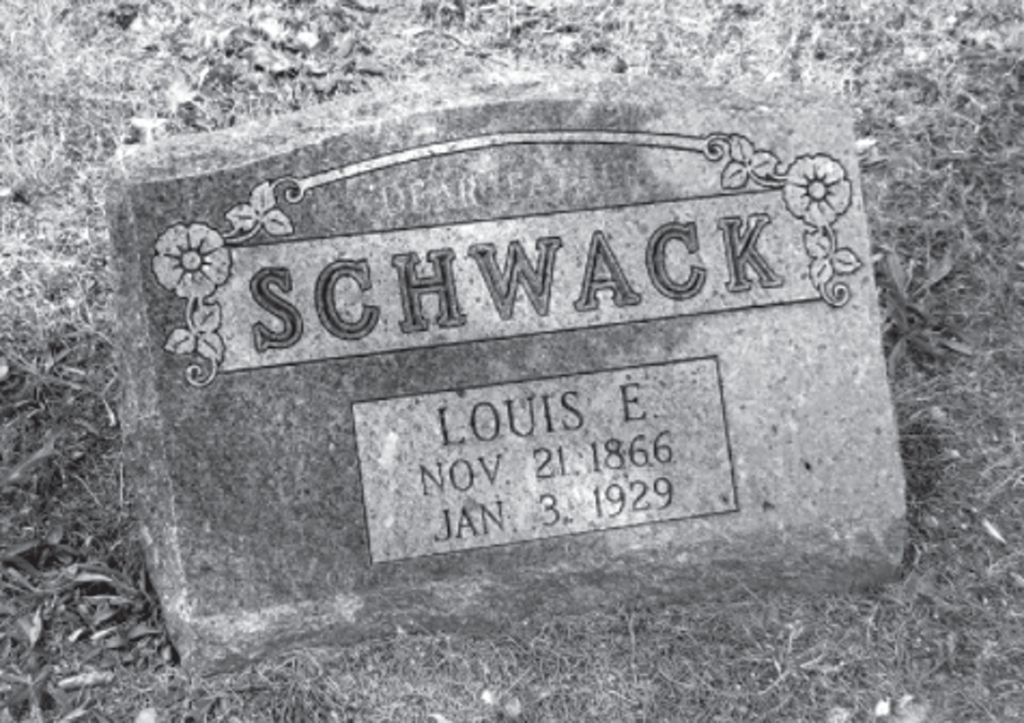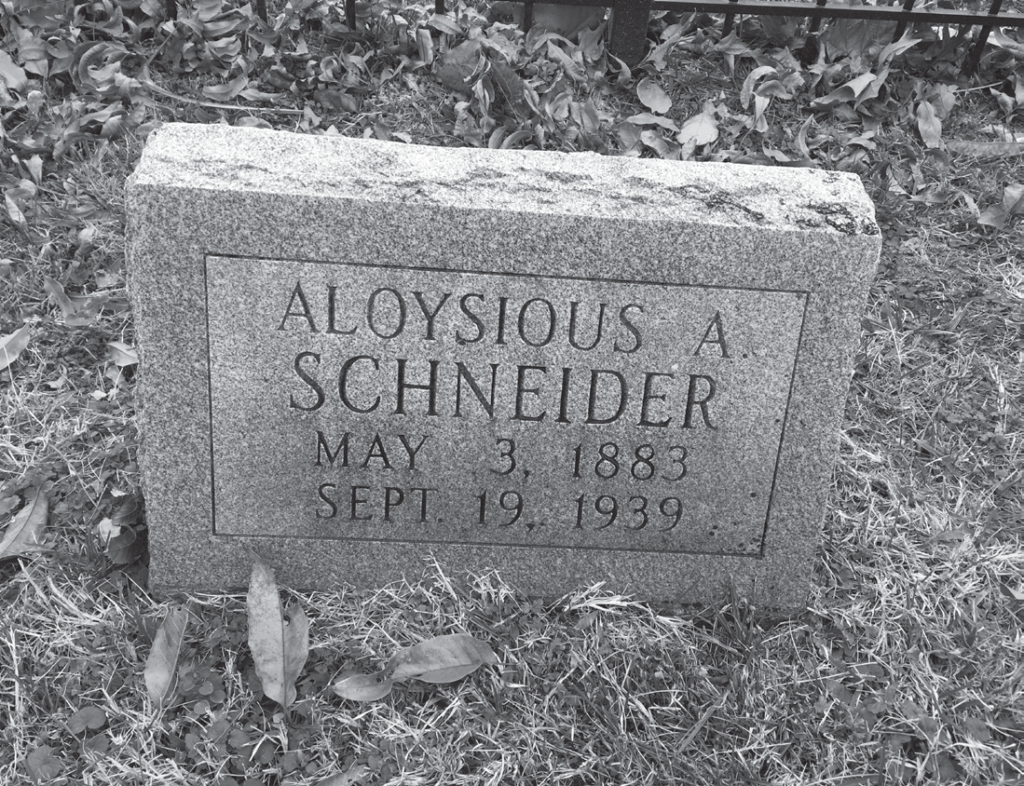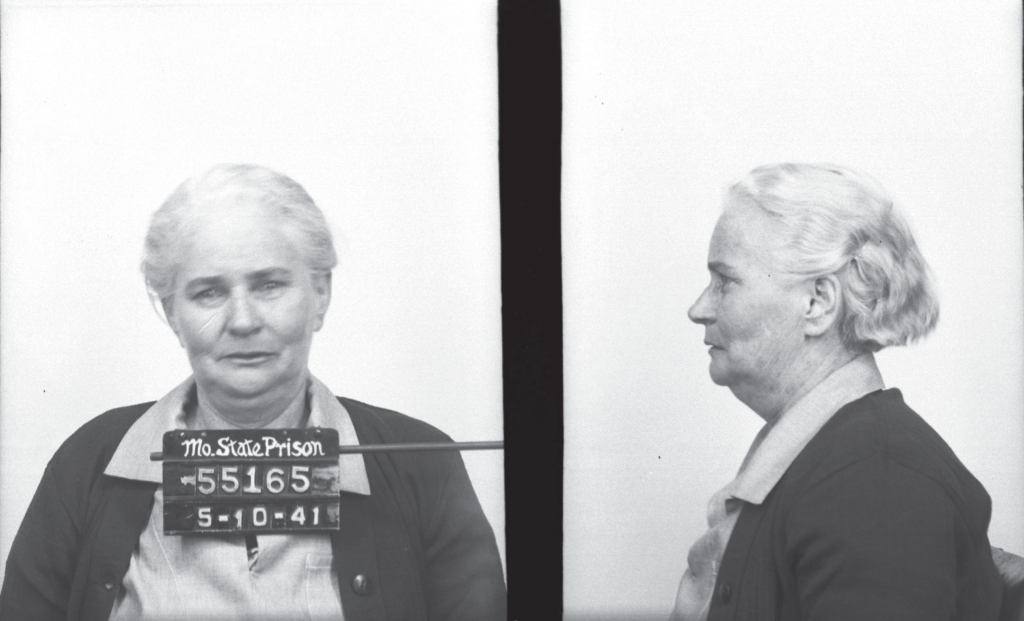
Missouri is known for many culinary delights—the famous gooey butter cake of St Louis, the refreshing beers of the Budweiser brewery, the list goes on and on. For aficionados of the Show-Me State’s hearty, filling cuisine, influenced equally by its northern European immigrant communities and the soul food of the American South, few things are more satisfying than a homemade meal.
Unless, however, that meal turns out to be your last.
As authors Victoria Cosner and Lorelei Shannon have discovered in their book Missouri’s Murderous Matrons: Emma Hepperman and Bertha Gifford, certain meals in Missouri can be as deadly as they are delicious. In the late nineteenth and early twentieth centuries, two murderers (murderesses?) left a trail of dead bodies throughout the state, thanks to their sumptuous recipes.
Take, for instance, Emma Hepperman, born Emma Stinnett in 1891 in the small town of Steelville. While little is known about her early life, she began her career of marrying-and-burying as early as age nineteen, when she married her first husband, Charles Augustus Schwack. Married for fifteen years, Charles apparently died of dysentery in 1925, giving way to Emma’s next husband, Frank Lee, of whom (according to Cosner and Shannon) there is curiously no record.

Husband number three, Frank Joseph Bremser, didn’t last very long, only a few months before he allegedly died of complications resulting from a fall. Interestingly, however, the only person to testify to the coroner to his injuries was Emma herself, who swiftly had the body cremated. Similarly, husband number four, Bert Lee Roberts, invoked the ‘till death do us part’ clause only three months after the marriage as well. For Roberts, a tainted tin of sardines would seem to be his undoing.
Husband number five? Luckily, William Vaughn divorced Emma within about a year of their nuptials and broke off contact with her, which Cosner and Shannon call nothing less than a lucky break. Vaughn had refused to transfer his life insurance policy to her, which, they write, “would have signed his own death warrant.” Not so husband number six, Aloysious Schneider, who unfortunately trusted her enough to sign the fatal papers. Schneider, too, succumbed to tainted food—or so Emma would claim.

Sadly, her final husband, Tony Hepperman, would fall ill in similar circumstances, dying no more than six weeks after the wedding. It was Hepperman’s death that would prove Emma’s undoing: medical investigation revealed “staggering” levels of arsenic in his body, revealing a pattern both of poisoning and cover-ups that, as investigators unearthed, matched nearly every single one of her previous victims. The gastic distress experienced by Schneider and Roberts, the ‘dysentery’ suffered by Schwack, and the hemorrhaging that Bremsner had before his passing: across each one, the symptomology and morbidity all lined up. Only Vaughn, the divorcé, and Lee, the mystery spouse (if he even existed), escaped her deadly ladle.

Her motives? Clear enough, as life insurance money could offer hefty payouts. Her method? None other than a delicious potato soup, loaded with butter, cream, cheese, and her secret ingredient. Given the body count, you may wonder how she was able to kill so many people before she was finally caught, but as Cosner and Shannon make clear, there’s no denying Emma was a wizard in the kitchen. So, too, Bertha Gifford, whose famous arsenic-laced biscuits led many a man to his doom.
Luckily, these intrepid researchers have dug up recipes from the era, so you can try them yourself—be sure to check out Missouri’s Murderous Matrons for the full story of Emma, of Bertha, and more. Just be careful which jar in the spice rack you reach for!




